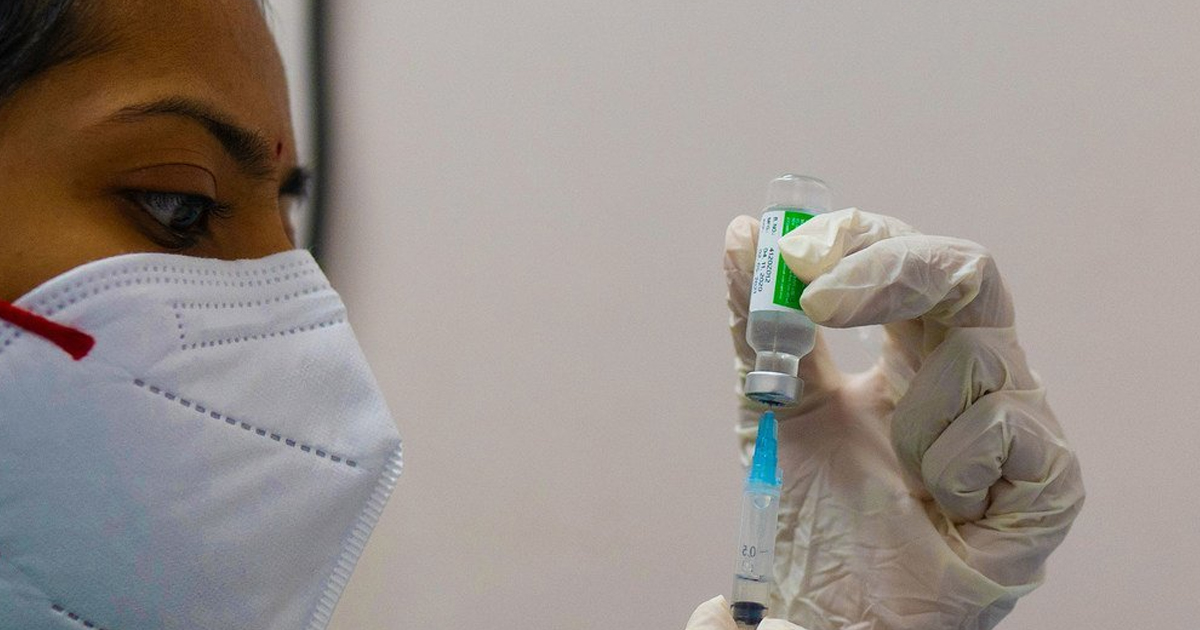Investigadores encargados de la evaluación y pruebas de nuevos medicamentos en Estados Unidos se encuentran incorporando nuevas herramientas digitales para el desarrollo de ensayos clínicos descentralizados.
La pandemia de COVID-19 aceleró la descentralización de los ensayos clínicos y promovió el uso de herramientas digitales para la recolección de datos, educación de pacientes, investigación y ejecución de ensayos. Incluso en Estados Unidos el 32% de los ensayos migraron a medios digitales durante la emergencia sanitaria. De esta forma han logrado ahorrar recursos y sobre todo tiempo.
Accenture realizó una encuesta sobre la innovación digital en los ensayos clínicos. El 52% de los participantes explicó que las tecnologías digitales mejoraron el reclutamiento de pacientes y no solo eso, pues el 46% registró mejor retención de pacientes al utilizar estos medios. Además, el 40% de los encuestados dijo haber incrementado la velocidad del desarrollo de medicamentos como uno de los beneficios de la aplicación de innovación digitales en ensayos clínicos.

Los ensayos clínicos tradicionales involucran diversos pasos que forman un proceso mucho más largo que los ensayos descentralizados. Por ejemplo, el diseño de protocolo, la identificación de pacientes por medio de diversos métodos como volantes, correo electrónico, redes sociales, la clasificación y elegibilidad de los pacientes, la inscripción del paciente, la distribución de medicamento, la recolección de datos y la aplicación y acceso.
Por otra parte, los ensayos descentralizados son diseñados a través de datos y además es posible reemplazar ensayos con biosimulación. Los procesos de reclutamiento de pacientes también se basan en datos y el formulario de consentimiento se envía digitalmente a los pacientes seleccionados. De igual forma, la interacción virtual permite la descentralización de la recolección de datos.
Según los participantes de la encuesta de Accenture, los tres principales desafíos de la adopción de herramientas digitales en los ensayos clínicos son:
- La adopción tecnológica en general
- The financing and/or budget
- Regulatory barriers
No obstante, además de los evidentes ahorros de recursos y tiempo, los ensayos descentralizados tienen un potencial aún en proceso de exploración. Por ejemplo, la mejora de la experiencia del paciente, algoritmos que optimizan la selección de paciente y aceleran la llega de nuevos medicamentos probados al mercado, y sobre todo evidencia del mundo real, al probar los medicamentos en pacientes cuando realizan sus actividades rutinarias.







